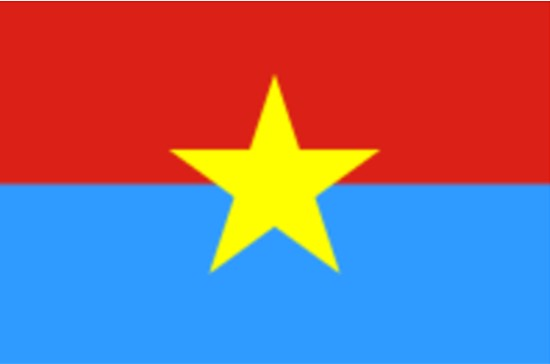National Liberation Front Forms in South Vietnam
December 20, 1960

President Ngo Dinh Diem’s repressive measures combined with northern Communist political maneuverings lead to increasingly violent resistance in South Vietnam. While Diem’s actions are effective and the numbers of Communists in South Vietnam shrinks during his tenure, they also generate resentment in the South Vietnamese countryside. Diem and his brother, Ngo Dinh Nhu, began labeling any political dissenters as Viet gian cong san, or “Communist traitors to Vietnam” as early as 1956.
In response to this repression and in a political move to exert more control over the growing revolutionary movement in the south, the Communist party in North Vietnam forms the National Liberation Front in South Vietnam in December 1960. They design it as a coalition of southern forces including the politico-religious sects opposed to Diem and the student groups, not just a communist organization. As the war progresses, the northern Communists take greater control of the insurgency and become less willing to accommodate the non-communist allies.
The fighting arm of this southern insurgency is the People’s Liberation Armed Forces (PLAF). Diem labels this group Viet gian cong san as well, and the American military later uses a shortened version of this term, “Viet Cong,” to distinguish between the southern revolutionary forces and the North Vietnamese regular army.1